博文
2023年6月嘲风作品集(三)
||
▲ Vol 11 Issue 23 | June 21, 2023
A review of boron nitride-based photocatalysts for carbon dioxide reduction
Milad Laghaei, Mohsen Ghasemian, Weiwei Lei, Lingxue Kong and Qi Chao
The conversion of carbon dioxide (CO2) into valuable chemicals by photoreduction is an effective strategy for tackling the global warming conundrum. However, highly efficient use of traditional metallic species as co-catalysts is challenging as they are photo-corroded, thereby causing leaching of dopant metals and deactivation of the photocatalysts. To address these issues, two-dimensional (2D) nanomaterials, including MXenes, transition metal dichalcogenides, and layered nanomaterials, with promising properties, such as high chemical tunability and appropriate catalytic activity, have been developed for CO2 photoconversion. Among them, non-metallic boron nitride (BN), with a unique capability to transfer electrons through B–N channels with a high electronegativity difference, can efficiently facilitate the CO2 reduction reaction. However, modification strategies are required for BNs to be effective in photoreduction, mainly owing to their large band gaps, causing them to be excited in the UV region (mere 4% of the solar spectrum), and their inert surface chemistry. Thus, considerable interdisciplinary studies have been conducted on morphology regulation, surface engineering, and optoelectronic tailoring of these photocatalysts in conjunction with advanced characterisation techniques and density functional theory calculations. This review discusses the mechanisms and reaction pathways for the reduction of CO2 by BN nanotubes and nanosheets. Additionally, state-of-the-art modification techniques, including doping with organic and inorganic compounds, fabricating composite heterojunctions, and engineering defects to tailor CO2 adsorption/conversion, are summarised. In the end, the challenges associated with the large-scale production, stability, and product selectivity of BN are enlightened, accompanied by the final concluding remarks and suggestions for future studies. The development of a sustainable approach for producing stable and modified BNs suggests visible-light-responsive semiconductors that not only reveal their potential for CO2 conversion, but can also be utilised for other prospective photocatalytic applications.
https://pubs.rsc.org/en/content/articlelanding/2023/ta/d2ta09564e
▲ Vol 12 Issue 16 | June 26, 2023
Freeze-Casted Keratin Matrix as an Organic Binder to Integrate Hydroxyapatite and BMP2 for Enhanced Cranial Bone Regeneration
Wan Ting Sow, Yili Wang, Liping Chen, Qiling Lai, Qiong Chen, Linjie Chen, Chunwu Zhang, Huaqiong Li
Bone Regeneration
In article 2201886 by Huaqiong Li and co-workers, human hair keratin is proposed as an organic binder for the simultaneous incorporation of bone's major inorganic component, hydroxyapatite, and bone's growth factor, recombinant human bone morphogenetic protein 2 (rhBMP2), to enable both osteoconductive and osteoinductive characteristics in the creation of bone scaffolds.
https://onlinelibrary.wiley.com/doi/10.1002/adhm.202370081
▲ Vol 33 Issue 26 | June 26, 2023
Single-Walled Carbon Nanotube Film as an Efficient Conductive Network for Si-Based Anodes
Ziying He, Zhexi Xiao, Hongjie Yue, Yaxin Jiang, Mingyu Zhao, Yukang Zhu, Chunhui Yu, Zhenxing Zhu, Feng Lu, Hairong Jiang, Chenxi Zhang, Fei Wei
SWCNT Conductive Network
In article 2300094, Fei Wei, Chenxi Zhang, and co-workers report a binder-free dry Si-based electrode with single-walled carbon nanotubes (SWCNTs) conductive network. Maintaining electrical contact under huge stress is the reason why SWCNT is distinguished from other conductive agents. The study proposes a new approach to characterizing electrical contacts and a new strategy to design high-performance lithium-ion batteries.
https://onlinelibrary.wiley.com/doi/10.1002/adfm.202370161
▲ Vol 19 Issue 24 | June 28, 2023
Wetting effect of branched anionic Gemini surfactant aqueous solution on PMMA surface
Dengxi Zhang, Zhicheng Xu, Zhiqiang Jin, Lei Zhang, Lu Zhang,Fenrong Liu and Wangjing Ma
In this paper, the adsorption behaviour and wetting modification ability of the sodium salts of bis-octadecenoyl succinate (GeminiC3, GeminiC6) and monomers on polymethyl methacrylate (PMMA) surfaces were investigated. The difference in spacer length led to slightly different behaviour of surfactant molecules in solution. The large molecular structure and short flexible spacer of GeminiC3 led to a complex self-aggregation behaviour in solution, forming micelles at low concentrations, leading to a rapid decrease in surface tension and subsequent transition to monolayer or multilayer vesicles. In GeminiC6, the longer flexible spacer groups act as spatial structure modifiers that hinder the formation of vesicles. The adsorption behaviour of the gas–liquid interface was analysed in three stages for the peculiar inflection points where surface tension appears. Combining contact angle measurements, adhesion tension and interfacial tension data showed that GeminiC3 and C6 formed a saturated monolayer on the adsorbed PMMA surface at low concentrations and a bilayer structure at high concentrations. Due to the low resistance of molecular space sites, the monomers adsorbed heavily on the PMMA surface, forming semi-colloidal aggregates with the lowest contact angle of monomeric surfactant solutions reaching 38° on the PMMA surface. Also, the monomer and GeminiC3 and C6 surfactants in this paper have a very high hydrophilic modification ability on the PMMA surface compared to other literature.
https://pubs.rsc.org/en/content/articlelanding/2023/sm/d3sm00525a
<静远嘲风动漫传媒科技中心>设计制作
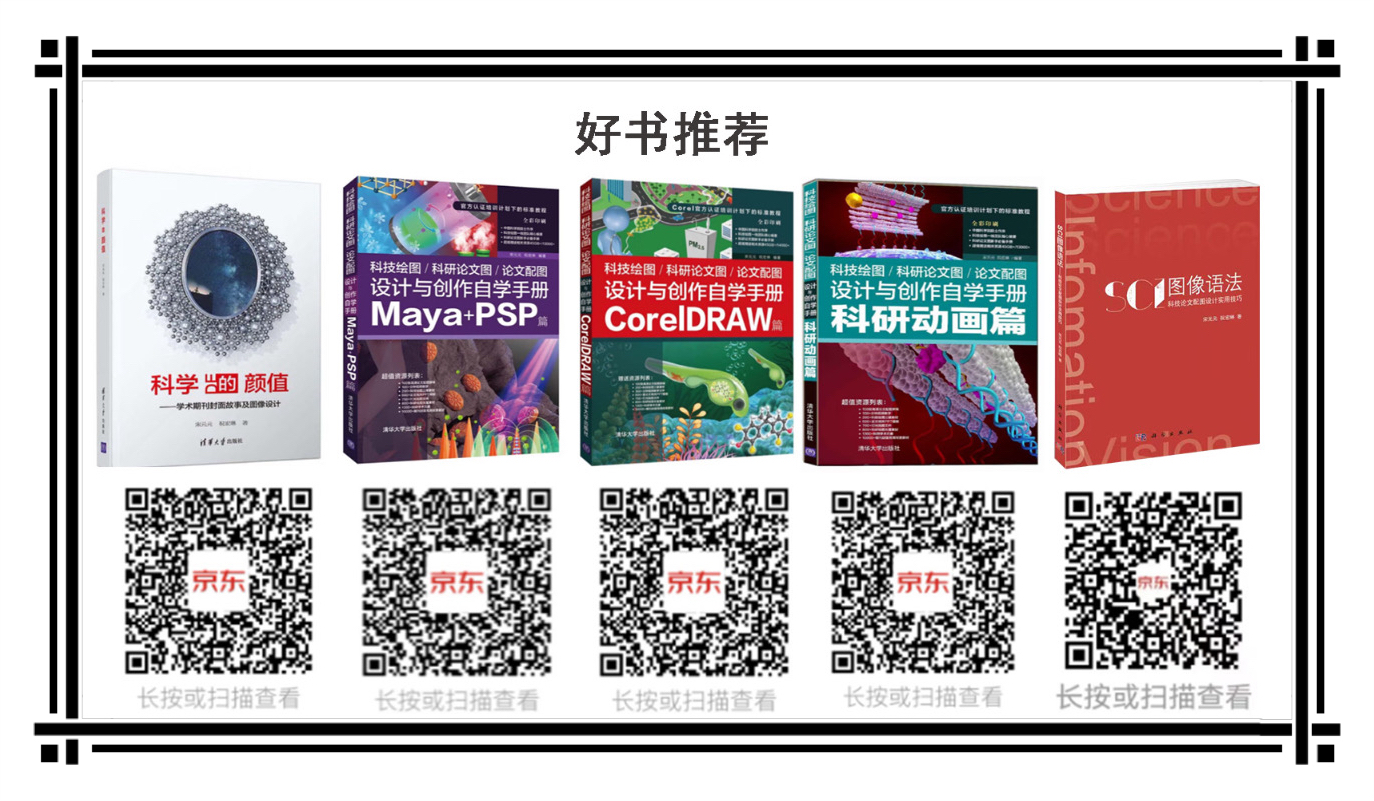
购书链接:
☆科学的颜值:学术期刊封面故事及图像设计
https://item.jd.com/12802188.html
☆科技绘图/科研论文图/论文配图设计与创作自学手册:CorelDRAW篇
https://item.jd.com/13504674.html
☆科技绘图/科研论文图/论文配图设计与创作自学手册:Maya+PSP篇
https://item.jd.com/13504686.html
☆科技绘图/科研论文图/论文配图设计与创作自学手册:科研动画篇
https://item.jd.com/13048467.html#crumb-wrap
☆SCI图像语法-科技论文配图设计使用技巧
https://item.jd.com/10073529532924.html?bbtf=1

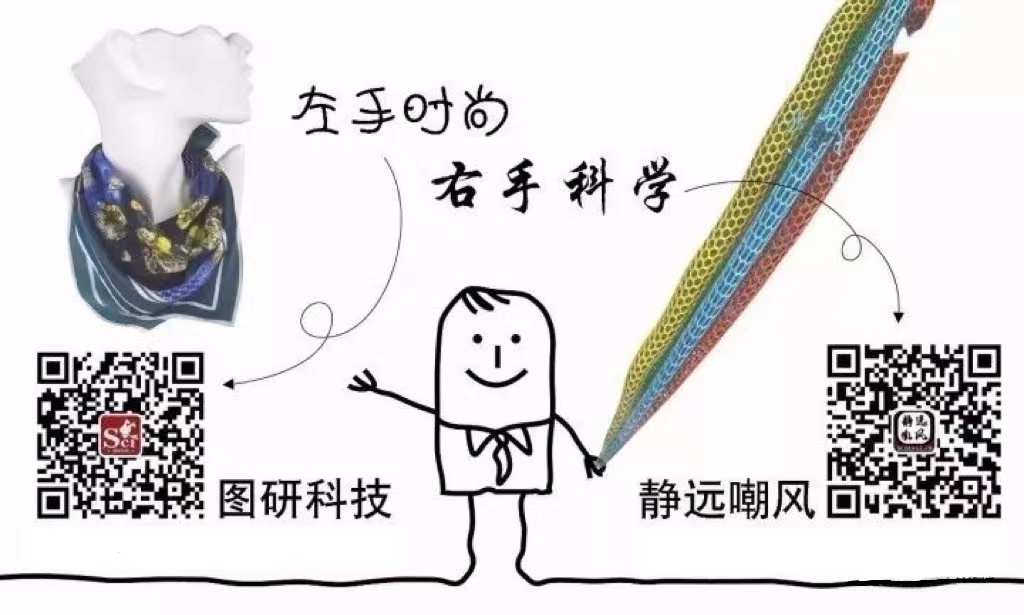
静远嘲风(MY Scimage) 成立于2007年,嘲风取自中国传统文化中龙生九子,子子不同的传说,嘲风为守护屋脊之瑞兽,喜登高望远;静远取自成语“宁静致远”,登高莫忘初心,远观而不可务远。
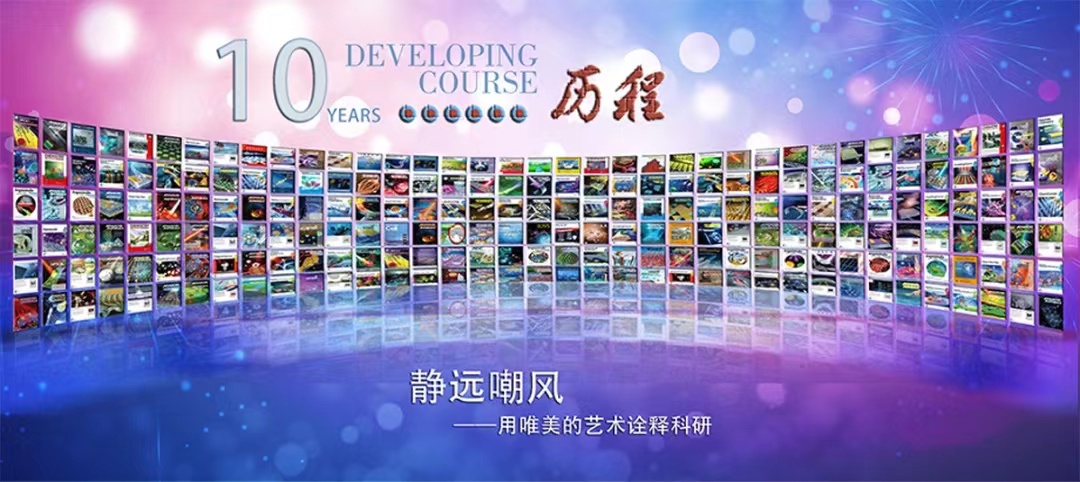
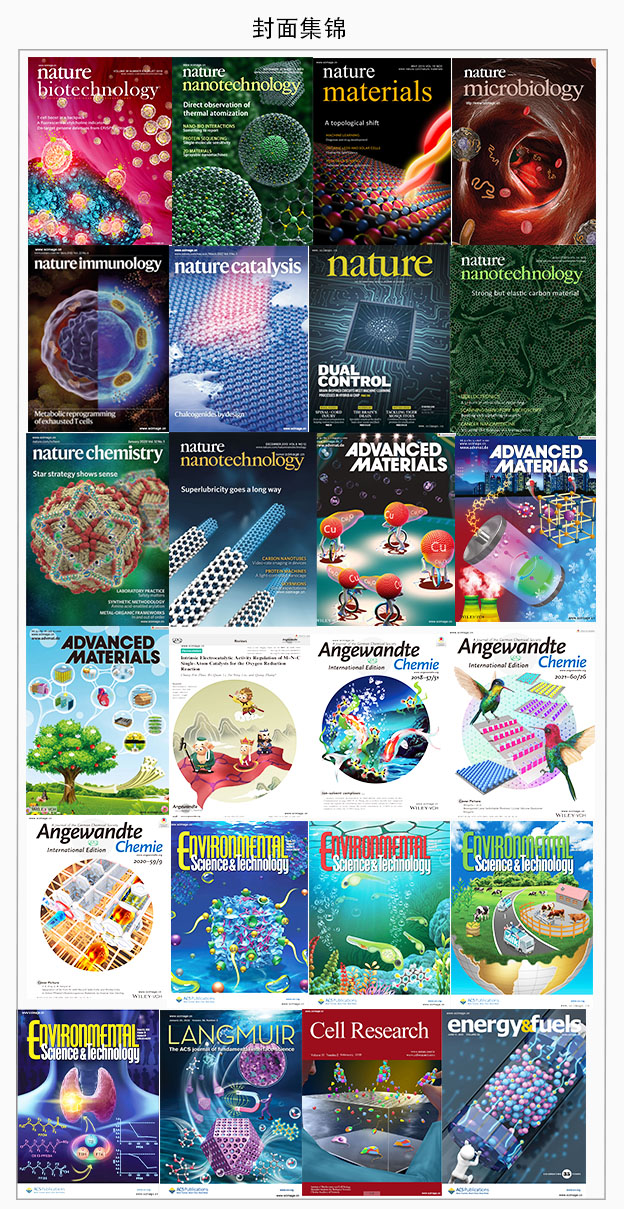
学习更多绘图教程关注:

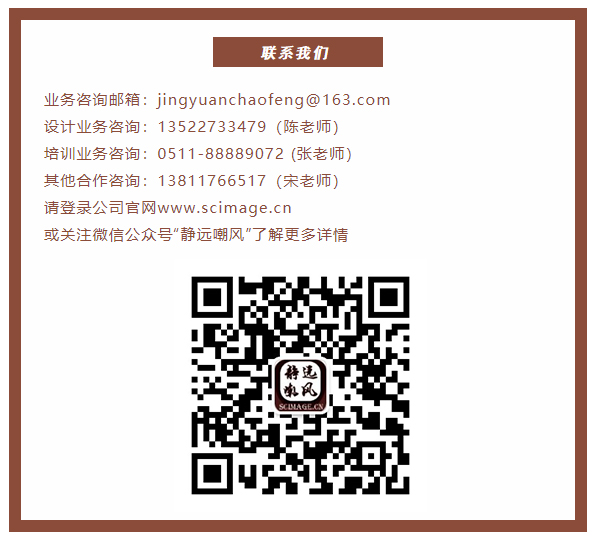
https://m.sciencenet.cn/blog-519111-1400616.html
上一篇:2023年6月嘲风作品集(二)
下一篇:科研制图|如何用3ds Max的样条线绘制碳布



